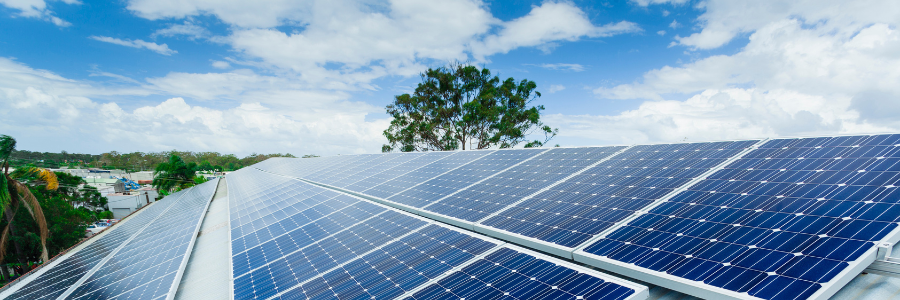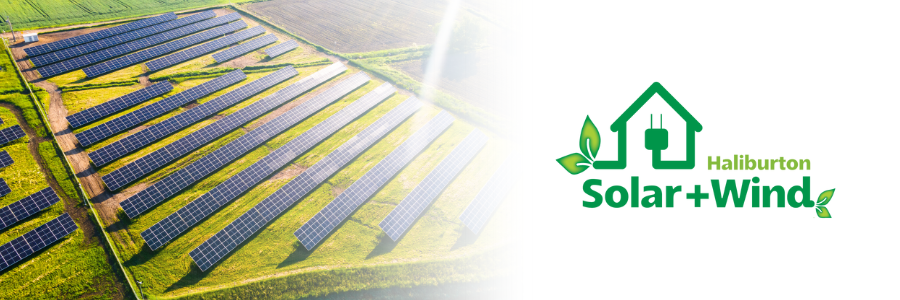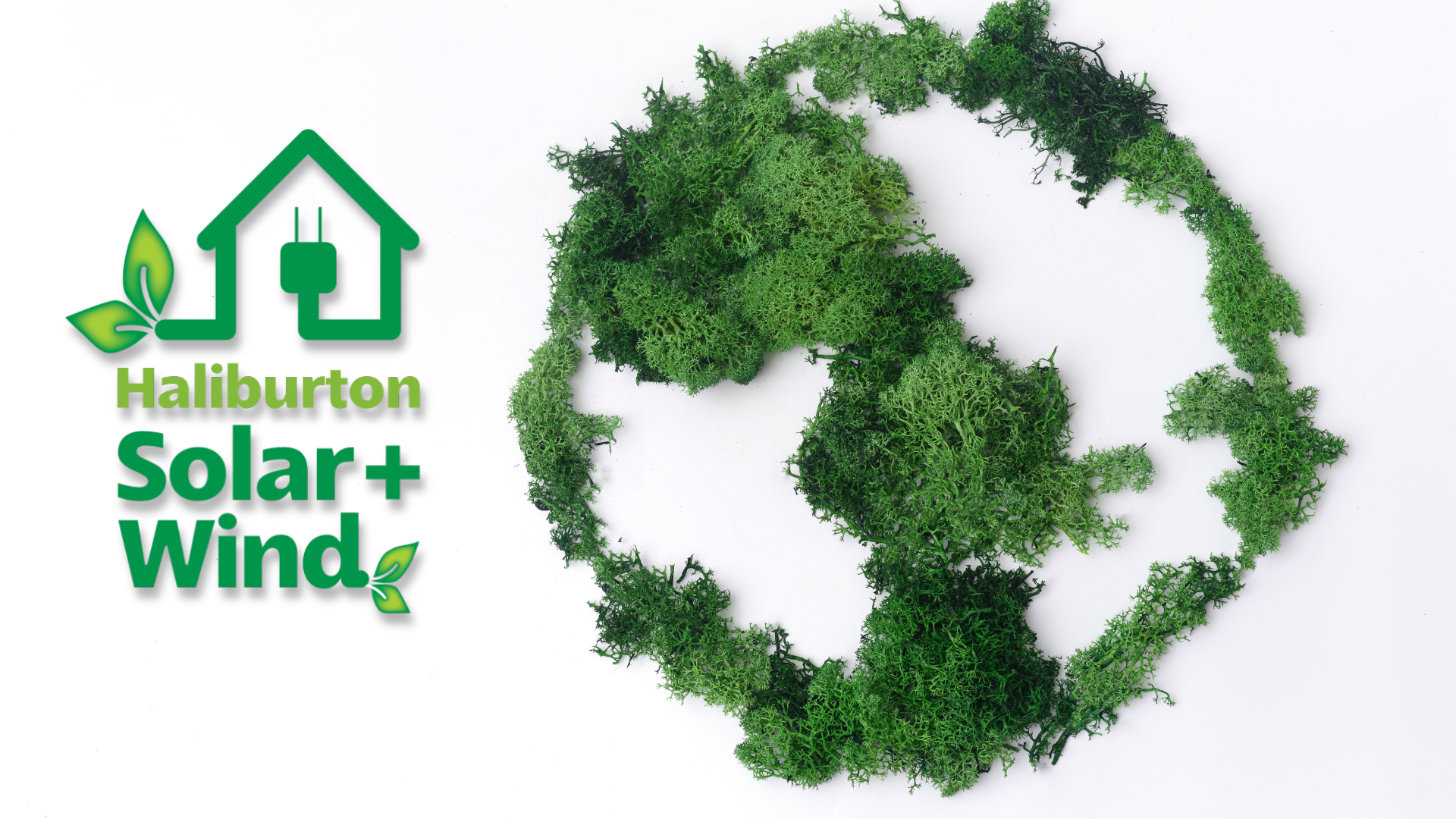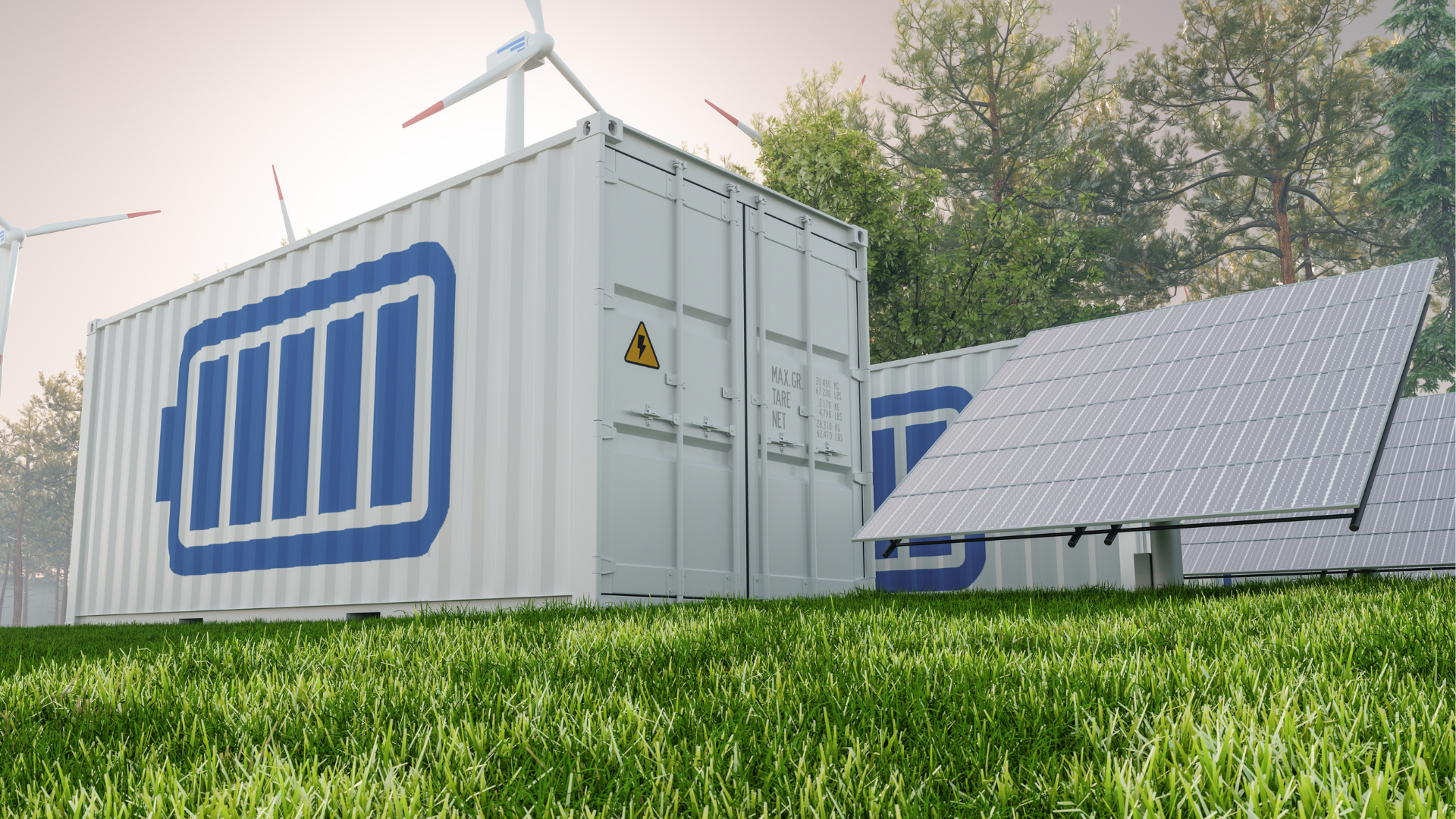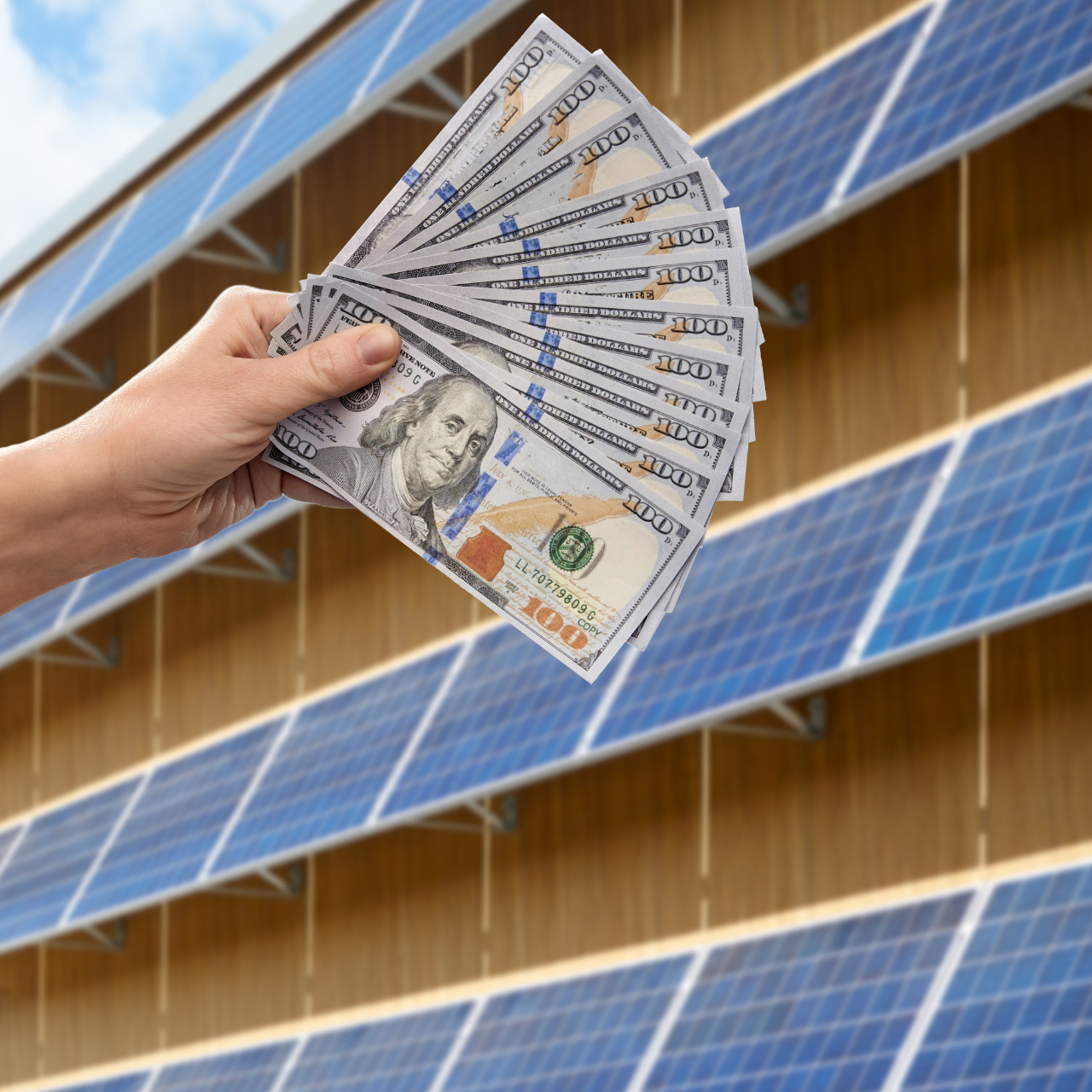How is Visible Light Used with Solar Photovolt
The demand for
solar energy has been increasing rapidly as more people recognize its environmental and cost-saving benefits. However, one of the challenges of solar energy is its intermittent nature, as it is only available when the sun is shining. To overcome this limitation, storing solar energy has become crucial. In this article, we will explore the benefits of storing solar energy, different types of solar energy storage systems, and factors to consider when choosing a storage system.
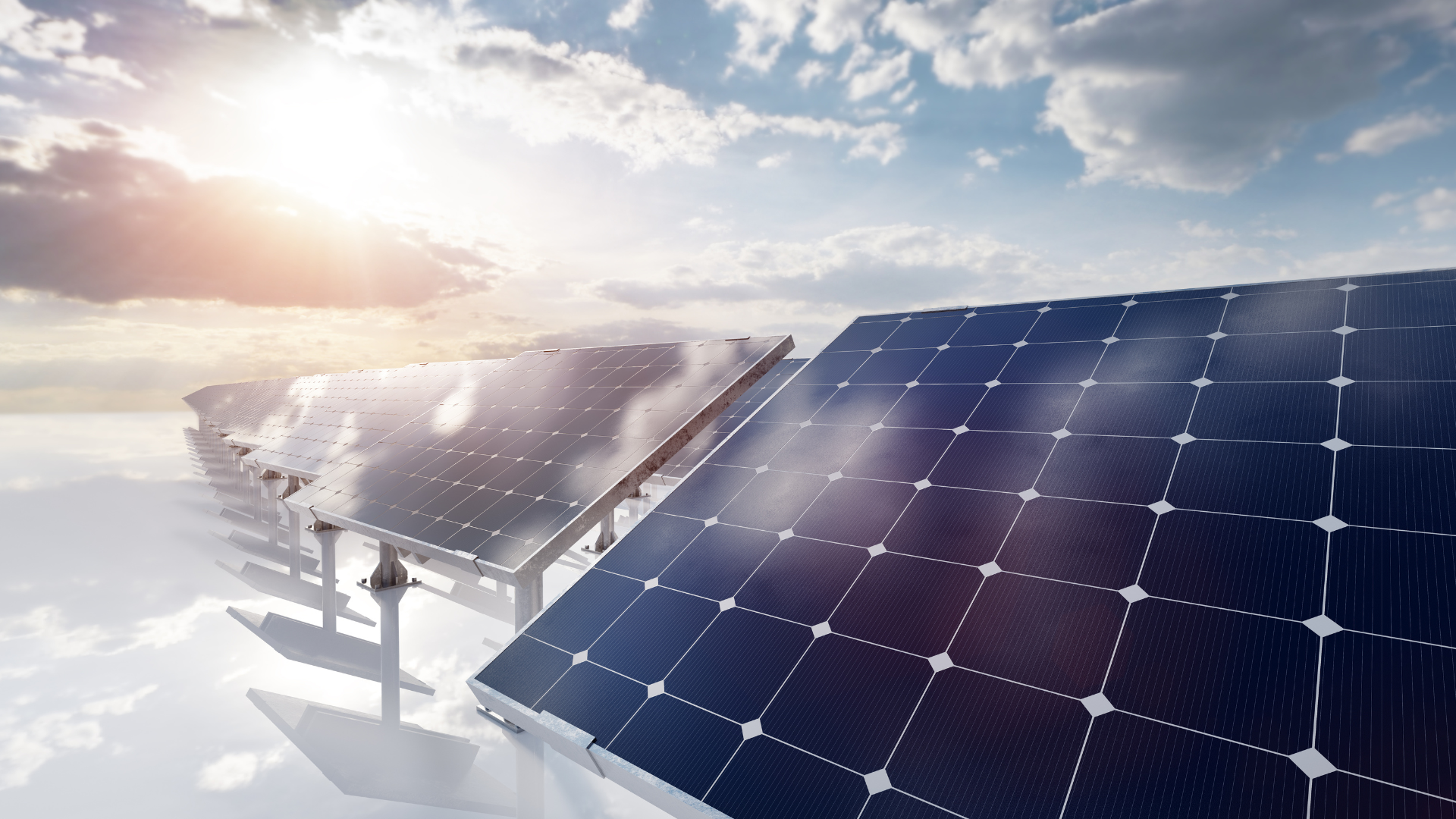
The Basics of Visible Light
What is visible light?
Visible light is a form of electromagnetic radiation that is visible to the human eye. It is part of the electromagnetic spectrum and has wavelengths ranging from approximately 400 to 700 nanometers. Visible light plays a crucial role in various applications, including Concentrated Solar Power (CSP) and Photovoltaic (PV) technology. In CSP, sunlight is concentrated using mirrors or lenses to generate heat, which is then used to produce electricity. On the other hand, PV technology directly converts sunlight into electricity using solar cells. Additionally, visible light is also utilized in off-grid systems, providing sustainable and reliable power in remote areas. The utilization of visible light in these technologies highlights its significance in the field of solar photovoltaics.
Properties of visible light
Visible light, a form of electromagnetic radiation, has several properties that make it suitable for use in solar photovoltaic technology. One of the key properties is its ability to be concentrated using technologies such as Concentrated Solar Power (CSP), which increases the intensity of light and enhances the efficiency of solar cells. Another property is its ability to be directly converted into electricity through the photovoltaic effect in Photovoltaic (PV) systems. Additionally, visible light can be utilized in off-grid systems where access to traditional power grids is limited. This makes visible light a versatile and sustainable source of energy for various applications.
| Property | Description |
|---|---|
| Wavelength | Visible light has a wavelength range of approximately 400 to 700 nanometers. |
| Intensity | The intensity of visible light determines the amount of energy that can be harnessed. |
| Color | Different colors of visible light have different energy levels. |
Visible light, when effectively captured and converted, holds great potential in the field of solar photovoltaics, offering a clean and renewable energy solution for the future.
How is visible light produced?
Visible light is produced through various processes, including
Concentrated Solar Power (CSP) and
Photovoltaic (PV) systems. Concentrated Solar Power (CSP) utilizes mirrors or lenses to concentrate sunlight onto a small area, generating intense heat that can be converted into electricity. Photovoltaic (PV) systems, on the other hand, directly convert sunlight into electricity using semiconducting materials. Both CSP and PV technologies play a crucial role in harnessing the power of visible light. Additionally, visible light is also used in
Off Grid Systems where electricity is generated and stored locally, providing energy independence to remote areas.
These technologies demonstrate the versatility and potential of visible light in the field of solar photovoltaics.
| Process | Description |
|---|---|
| CSP | Concentrates sunlight to generate heat for electricity. |
| PV | Converts sunlight directly into electricity. |
Visible light, when effectively utilized, can provide sustainable and clean energy solutions for a wide range of applications.
Solar Photovoltaic Technology
What is solar photovoltaic technology?
Solar photovoltaic technology is a method of harnessing the energy from sunlight and converting it into electricity. It involves the use of photovoltaic (PV) cells that directly convert sunlight into electricity. This is different from Concentrated Solar Power (CSP), which uses mirrors or lenses to concentrate sunlight onto a small area to generate heat. Solar photovoltaic technology is commonly used in grid-connected systems as well as off-grid systems. In grid-connected systems, the electricity generated by the PV cells is fed into the electrical grid, while off-grid systems are self-contained and not connected to the grid. Solar photovoltaic technology offers several advantages, including renewable and clean energy generation, low maintenance requirements, and the ability to generate electricity in remote areas. However, it also has limitations such as the dependence on sunlight availability and the initial high cost of installation. Overall, solar photovoltaic technology plays a crucial role in the transition towards sustainable energy sources and is a key component of the renewable energy sector.
How does solar photovoltaic technology work?
Solar photovoltaic technology works by converting sunlight into electricity through the use of photovoltaic cells. These cells are made up of semiconductor materials that absorb photons from the sunlight, causing the release of electrons. The movement of these electrons generates an electric current, which can then be harnessed to power various devices. Unlike Concentrated Solar Power (CSP), which uses mirrors or lenses to concentrate sunlight onto a small area to produce heat, photovoltaic systems directly convert sunlight into electricity. Solar photovoltaic technology is commonly used in both grid-connected and off-grid systems, providing a sustainable and renewable source of energy. The efficiency of solar photovoltaic technology has been steadily improving over the years, making it an increasingly viable option for meeting energy needs.
Advantages and limitations of solar photovoltaic technology
Solar photovoltaic technology offers several advantages over other forms of renewable energy, such as Concentrated Solar Power (CSP) and Off Grid System. One of the key advantages is the direct conversion of
visible light into electricity, which makes solar photovoltaic systems highly efficient in capturing and utilizing solar energy. Unlike CSP, which requires mirrors or lenses to concentrate sunlight, photovoltaic systems can generate electricity even in diffuse light conditions. Additionally, solar photovoltaic technology is modular and can be easily scaled up or down, making it suitable for various applications. However, there are also limitations to solar photovoltaic technology. The efficiency of converting visible light into electricity is still relatively low, and the cost of photovoltaic panels can be high. Despite these limitations, the widespread adoption of solar photovoltaics has the potential to revolutionize the energy industry and contribute to a more sustainable future.
| Advantages of Solar Photovoltaic Technology | Limitations of Solar Photovoltaic Technology |
|---|---|
| Direct conversion of visible light into electricity | Relatively low efficiency of conversion |
| Can generate electricity in diffuse light conditions | High cost of photovoltaic panels |
| Modular and scalable technology | - |
Note: Off Grid System refers to a standalone solar photovoltaic system that is not connected to the grid.
Solar photovoltaic technology offers a promising solution for harnessing the power of visible light and converting it into electricity. With further advancements in efficiency and cost-effectiveness, solar photovoltaics have the potential to play a significant role in our transition towards a sustainable energy future.
Utilizing Visible Light in Solar Photovoltaics
How is visible light captured in solar photovoltaics?
Visible light is captured in solar photovoltaics through the use of Concentrated Solar Power (CSP) and Photovoltaic (PV) technologies. CSP systems utilize mirrors or lenses to concentrate sunlight onto a small area, which then heats a fluid to generate steam that drives a turbine and produces electricity. On the other hand, PV systems directly convert sunlight into electricity using semiconductor materials. Both technologies rely on the absorption of visible light by the solar cells to generate an electric current. Additionally, Off Grid Systems are used to capture and store visible light for later use, providing electricity in remote areas where grid connection is not available. The efficiency of visible light capture in solar photovoltaics depends on factors such as the quality of the solar cells, the angle and orientation of the panels, and the amount of sunlight available. Utilizing visible light efficiently is crucial for maximizing the electricity generation potential of solar photovoltaic systems.
| Process | Description |
|---|---|
| CSP | Concentrates sunlight to generate heat for electricity. |
| PV | Converts sunlight directly into electricity. |
Concentrated Solar Power (CSP) and Photovoltaic (PV) technologies play a significant role in capturing visible light for solar photovoltaics. Off Grid Systems are also utilized to provide electricity in remote areas.
Conversion of visible light into electricity
The conversion of
visible light into electricity is the fundamental process in solar photovoltaic technology. Solar photovoltaic systems use
photovoltaic cells to convert sunlight into electrical energy. These cells are made of
semiconductor materials that absorb photons from the visible light spectrum and release electrons, creating an electric current. The efficiency of this conversion process depends on various factors, including the quality of the photovoltaic cells and the intensity of the incident light.
Concentrated Solar Power (CSP) Vs Photovoltaic (PV) is an ongoing debate in the field of solar energy, with CSP focusing on capturing and utilizing concentrated sunlight, while PV directly converts sunlight into electricity. Additionally,
off-grid systems are gaining popularity as a sustainable and independent energy solution, utilizing visible light to power remote areas and reduce reliance on traditional power grids.
| Conversion Efficiency | Advantages | Limitations |
|---|---|---|
| High | Clean energy | Intermittency |
| - | Renewable | Cost |
| - | Scalability | Geographic |
Solar photovoltaics harness the power of visible light to generate clean and renewable electricity. Concentrated Solar Power (CSP) Vs Photovoltaic (PV) and off-grid systems are important considerations in the utilization of visible light for sustainable energy production.
Efficiency of visible light utilization in solar photovoltaics
The efficiency of visible light utilization in solar photovoltaics plays a crucial role in determining the overall performance of the technology. Concentrated Solar Power (CSP) Vs Photovoltaic (PV) systems are two common approaches used to harness solar energy. While CSP systems use mirrors or lenses to concentrate sunlight onto a receiver, PV systems directly convert sunlight into electricity. Off Grid System is another important concept in solar photovoltaics, which refers to systems that are not connected to the main power grid. The efficiency of visible light utilization in solar photovoltaics depends on various factors, including the design of the solar cells, the quality of the materials used, and the conversion efficiency.
| Factors | Importance |
|---|---|
| Solar cell design | High |
| Material quality | Medium |
| Conversion efficiency | High |
The efficiency of visible light utilization can be improved through advancements in solar cell technology and the development of new materials. By enhancing the efficiency, solar photovoltaic systems can generate more electricity from the available sunlight, making them a viable and sustainable energy solution for the future.
Conclusion
The importance of visible light in solar photovoltaics
Visible light plays a crucial role in solar photovoltaics as it is the primary source of energy for generating electricity. Concentrated Solar Power (CSP) Vs Photovoltaic (PV) systems rely on capturing and converting visible light into usable energy. PV systems, which are the most commonly used, directly convert sunlight into electricity through the photovoltaic effect. On the other hand, CSP systems concentrate sunlight using mirrors or lenses to generate heat, which is then used to produce electricity. Off-grid systems, which are not connected to the main power grid, also utilize visible light to generate electricity for remote areas. The efficiency of visible light utilization in solar photovoltaics is a key factor in determining the overall performance and viability of these systems. Future prospects of visible light utilization in solar photovoltaics include advancements in technology to improve efficiency and reduce costs. In summary, visible light is essential for the operation of solar photovoltaic systems, whether it be through PV or CSP technology, and holds great potential for off-grid applications.
Future prospects of visible light utilization in solar photovoltaics
The future prospects of visible light utilization in solar photovoltaics are promising, with advancements in technology and research. One area of interest is the comparison between Concentrated Solar Power (CSP) and Photovoltaic (PV) systems. CSP systems use mirrors or lenses to concentrate sunlight onto a small area, which then generates electricity. On the other hand, PV systems directly convert sunlight into electricity using semiconductors. Both technologies have their advantages and limitations, and further research is being conducted to determine the most efficient and cost-effective option.
Another aspect to consider is the development of off-grid solar photovoltaic systems. These systems are designed to operate independently of the traditional power grid, making them suitable for remote areas or locations with unreliable electricity supply. Off-grid systems can provide sustainable and reliable power, reducing the dependence on fossil fuels and improving energy access for underserved communities.
In summary, the future of visible light utilization in solar photovoltaics includes exploring the potential of CSP vs PV systems and the development of off-grid solutions. Continued research and innovation in these areas will contribute to the growth and adoption of solar photovoltaic technology.
Summary of key findings
In summary, the utilization of visible light in solar photovoltaics is crucial for generating electricity. Solar photovoltaic technology, which converts sunlight into electricity, has several advantages such as being environmentally friendly and renewable. However, it also has limitations, including the dependence on sunlight and the need for large surface areas for installation.
Concentrated Solar Power (CSP) and
Photovoltaic (PV) systems are two different approaches to harnessing solar energy, with CSP using mirrors or lenses to concentrate sunlight and PV directly converting sunlight into electricity. Additionally, off-grid systems provide a solution for remote areas without access to the main power grid.
The efficiency of visible light utilization in solar photovoltaics is an ongoing area of research and development, with the aim of improving the conversion efficiency and reducing costs. Overall, visible light plays a crucial role in the success and future prospects of solar photovoltaic technology.
